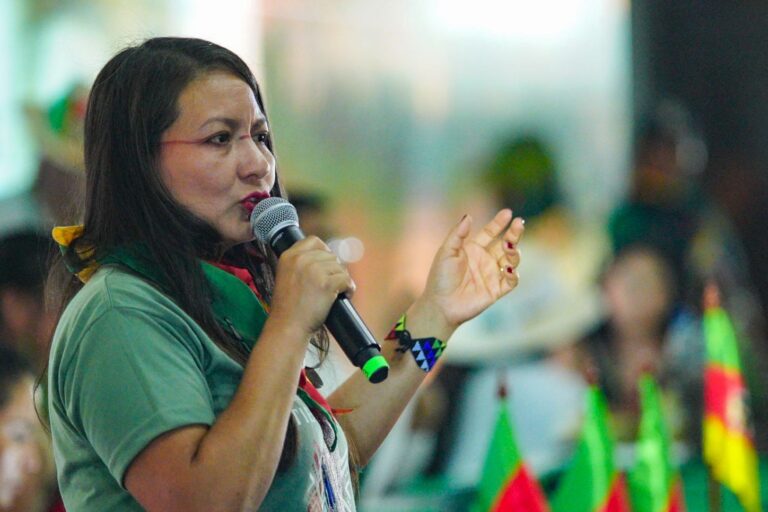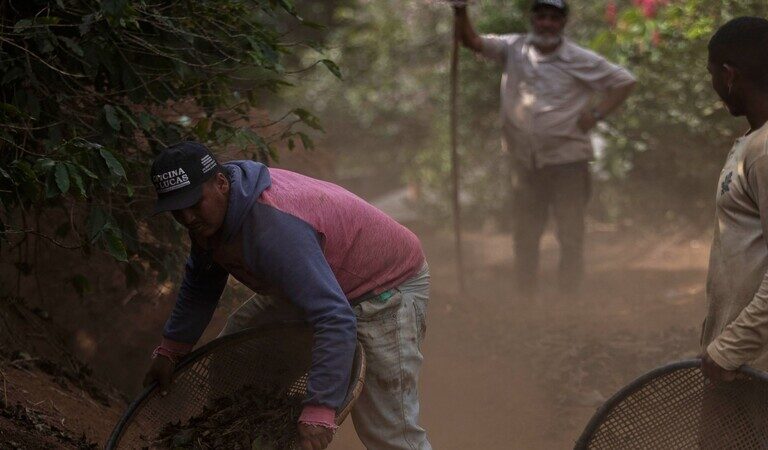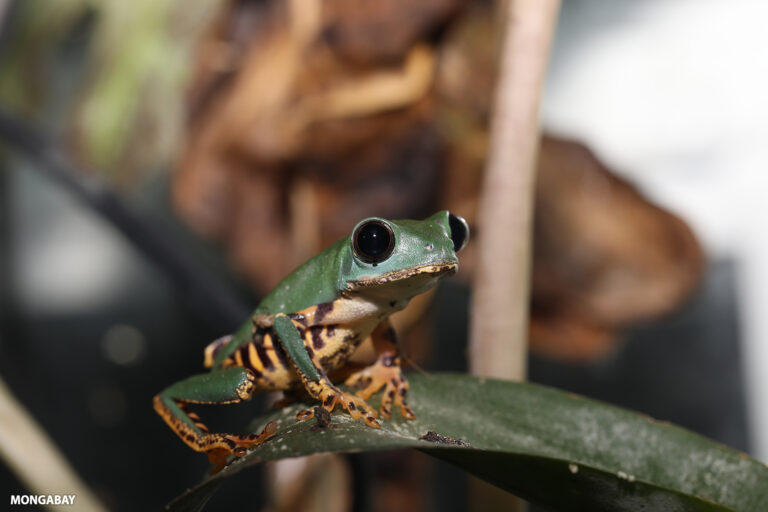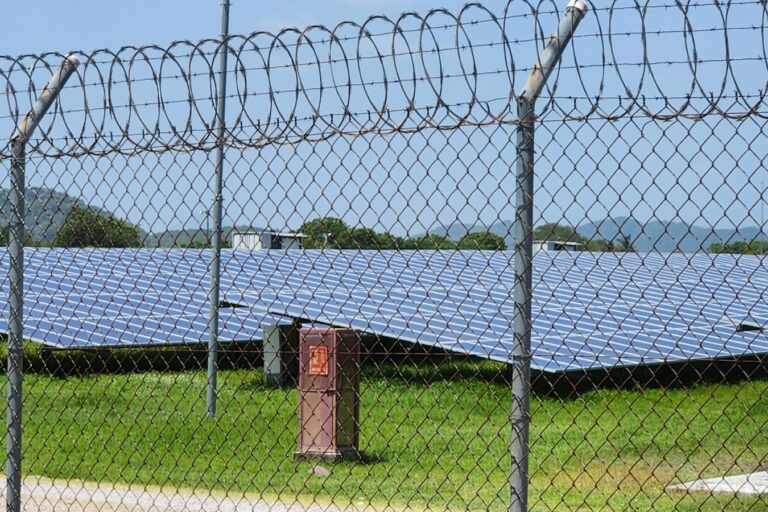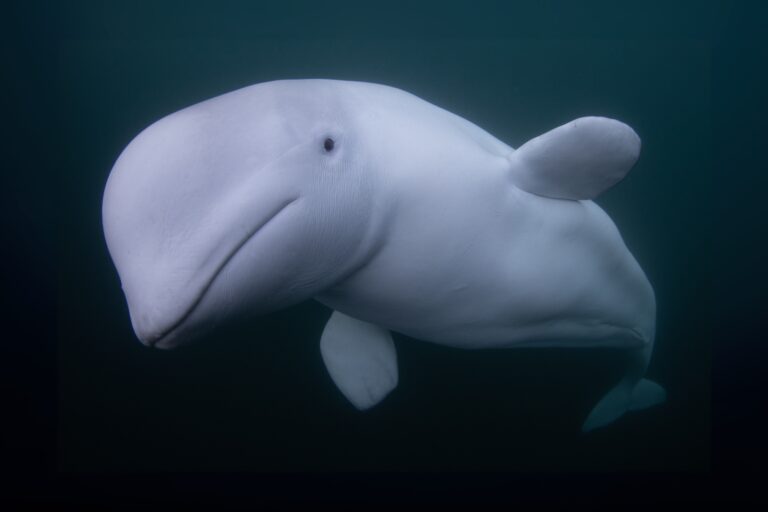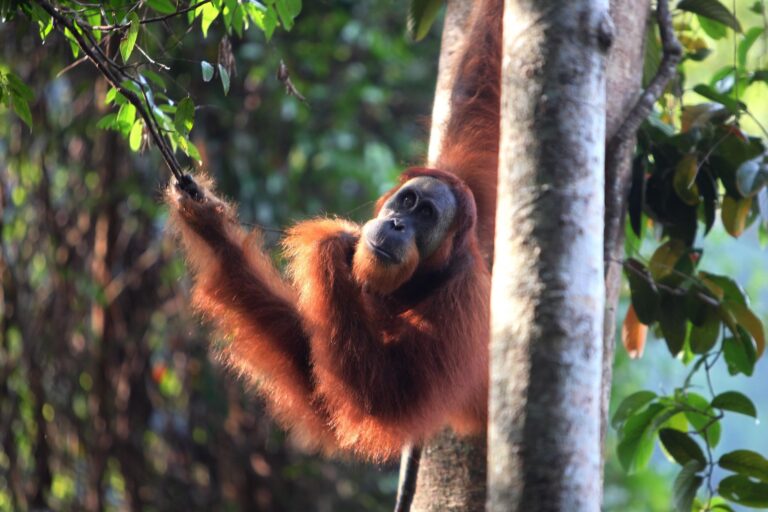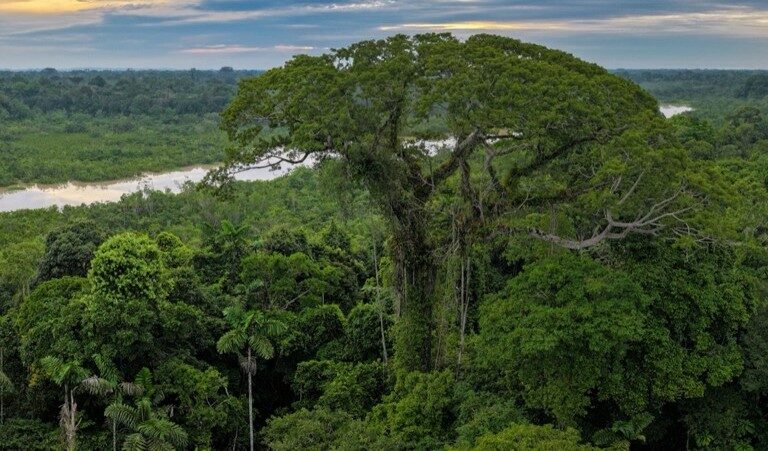- A new study models the potential impacts of a COVID-19 outbreak in mountain gorillas using 50 years of population data collected in Rwanda’s Volcanoes National Park with epidemiological variables gathered on COVID-19 infection in humans.
- In most of the scenarios modeled, gorilla populations were found to decline sharply within 50 years of an outbreak.
- Questions remain as to whether the human epidemiological variables used in the analysis are a good fit for gorillas, which spend all of their time outdoors and interact with non-family members far less frequently than humans do.
Editor’s Note: The journal article discussed in this report, “Exploring the potential effect of COVID-19 on an endangered great ape,” was formally retracted by its authors Jan. 25, 2022. According to the retraction note, which can be read in full here, the authors made an error in their simulations and as a result “significantly overestimated the chances of extinction of the population should a COVID-19 outbreak occur.”
Endangered mountain gorillas in Rwanda’s famous Volcanoes National Park could face “population collapse” within 50 years if some of them contract COVID-19, new research suggests.
There are only around 1,000 mountain gorillas (Gorilla beringei beringei) left in the wild, all in protected areas in Rwanda, Uganda and the Democratic Republic of Congo, and tourists come from all over the world to see them. Although they’re susceptible to COVID-19 infection because they share a similar physiology to humans, there has been no recorded outbreak among wild gorillas.
But outbreaks among closely related western lowland gorillas (Gorilla gorilla gorilla) in zoos in the United States and the Czech Republic show that transmission between humans and great apes is possible and alarming. “It is crucial to anticipate the potential impact of emergent diseases such as COVID-19 on the dynamics of small populations of endangered primates,” researchers write in a new study published in the journal Scientific Reports.
The research, led by Fernando Colchero from the University of Southern Denmark’s Department of Mathematics and Computer Science, used more than 50 years of gorilla population data gathered from the Karisoke Research Center in Rwanda’s Volcanoes National Park.
They combined that data with epidemiological variables gathered on COVID-19 infections in humans to predict what might happen to Karisoke’s gorillas if an outbreak did occur.

The study took into account factors that affect the spread of human-borne COVID-19, such as the number of individuals who contract the disease from an infected person; the probability of death after infection; the probability of developing immunity; and the duration of immunity.
In 71% of the simulated scenarios, gorilla populations declined sharply within 50 years of an outbreak.
“We’ve known for a long time that respiratory diseases are one of the biggest threats to ape conservation,” said Tara Stoinski, chief executive of the Dian Fossey Gorilla Fund and co-author of the new study. “Since the start of the pandemic, the Rwandan government working in Volcanoes National Park has taken extreme measures to protect the gorillas from Covid. But this [study] was an idea to help us further understand what level of risk that might show.”
Human-borne disease has affected the gorillas of Volcanoes National Park before. A devastating outbreak of respiratory disease in 1988, thought to have been triggered by measles passed on by an infected human, killed six gorillas and sickened more than two dozen others.
The outbreak was stopped by vaccinating all the gorillas in the infected group — easily done because the infection was limited to a group that was habituated, or used to interacting with humans.
It wouldn’t be as easy to prevent a COVID-19 outbreak by vaccinating gorillas, according to Martha Robbins, a primatologist at the Max Planck Institute for Evolutionary Anthropology in Germany.
Robbins, who was not involved with the study, said that with only around 70% or so of the 1,060 of the world’s mountain gorillas habituated to humans, vaccination would take a huge effort that would be better spent on vaccinating human communities living around gorilla habitat.
This would protect gorillas and help to ease the social and economic impact that COVID-19 has had on human communities. “As with any conservation issue, a solution should address the needs of humans and wildlife so that they can coexist,” she said.

There will be debate over the use of human epidemiological values in this study, particularly because gorillas already socially distance, living in tight family groups that interact less frequently than human families might.
“One should recognize that we don’t know if the values for these variables would be the same in wild mountain gorillas or any wild great apes,” Robbins said.
“For example, wild gorillas never spend time in enclosed spaces indoors and have different patterns of social distancing than humans. In particular, transmission among gorillas may occur quickly among individuals living in the same social group but at a much lower rate between social groups,” she added.
The social distancing between gorilla groups is something the modeling in the latest study isn’t able to accurately reflect, and may mean outcomes aren’t as dire as the simulations suggest, Stoinski noted.
“The fact that gorilla families are self-contained units that don’t interact that much with other families really works to their advantage,” she said, “and hopefully limits a true population collapse from a respiratory virus.”
Citation:
Colchero, F., Eckardt, W., & Stoinski, T. (2021). Exploring the potential effect of COVID-19 on an endangered great ape. Scientific Reports, 11(1). doi:10.1038/s41598-021-00061-8
Banner image: Mountain gorillas in Volcanoes National Park, Rwanda. Image by youngrobv via Flickr (CC BY-NC 2.0).







